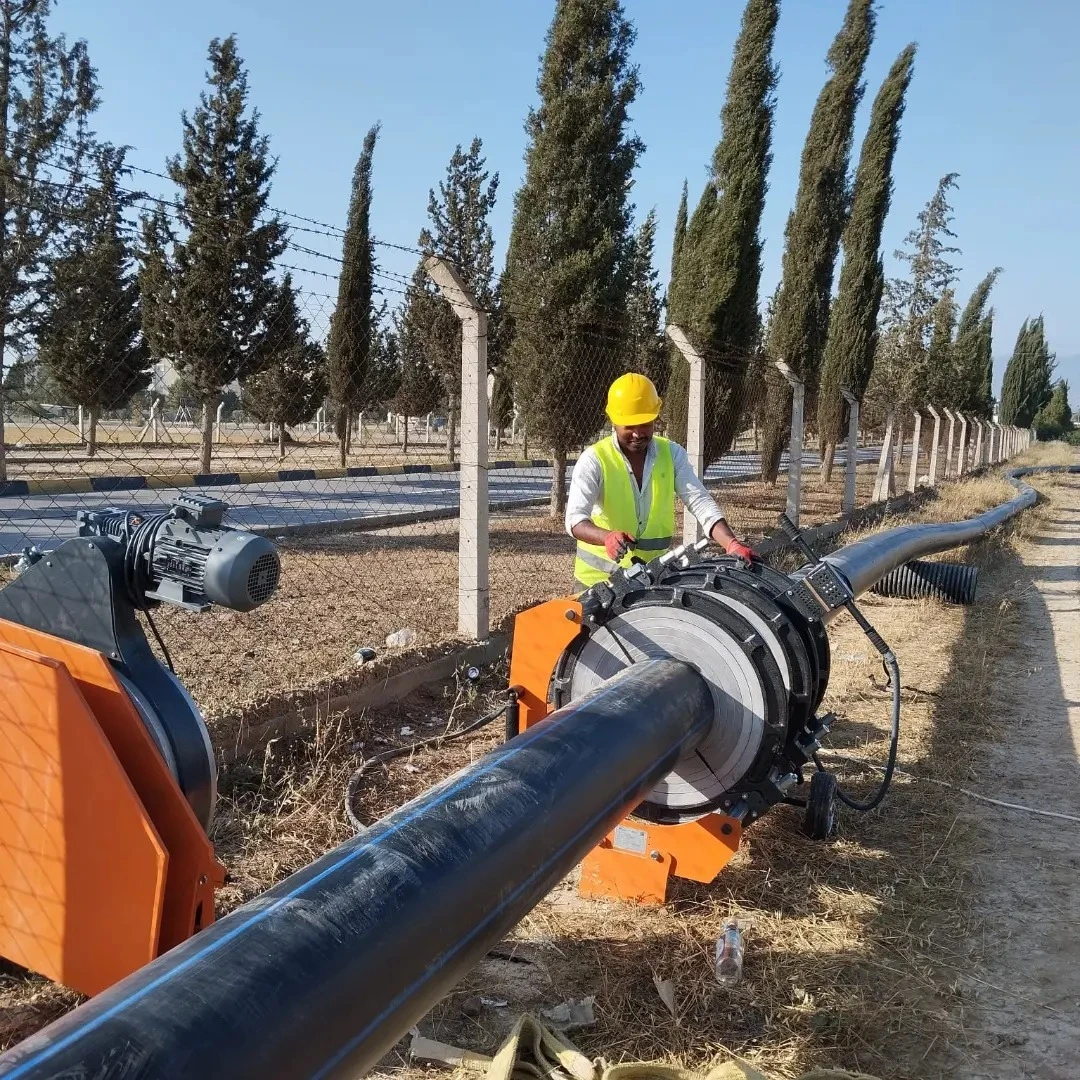Dec . 17, 2024 04:14 Back to list
use of ppr pipe factory
The Use of PPR Pipe in Modern Construction A Comprehensive Overview
Polypropylene Random Copolymer (PPR) pipes have taken the construction and plumbing industry by storm, owing to their versatility, durability, and eco-friendly characteristics. As more contractors and builders are becoming conscious of material sustainability and reliability, the use of PPR pipes is becoming increasingly common in various applications.
What is PPR Pipe?
PPR pipes, manufactured from a type of polymer known for its random copolymerization, possess characteristics that make them suitable for a wide range of plumbing needs. The 'random' aspect of the copolymer means that the molecular structure is irregular, enhancing flexibility and impact resistance. This results in PPR pipes that are not only lightweight but also strong, making them easier to transport and install compared to traditional materials like metal or PVC.
Advantages of PPR Pipes
1. Durability One of the primary benefits of PPR pipes is their exceptional durability. They can withstand high pressure and temperature, making them ideal for hot and cold water systems. PPR can typically handle temperatures of up to 95°C (203°F), which is far superior to some other plastic pipes.
2. Corrosion Resistance Unlike metal pipes that are susceptible to rust and corrosion, PPR pipes are immune to these issues. This unique property extends the lifespan of plumbing systems without the need for costly maintenance or replacement.
3. Environmental Benefits PPR pipes are largely manufactured from recyclable materials, aligning with sustainable building practices. Additionally, their production processes generate fewer pollutants compared to traditional PVC pipes, making them a more eco-friendly option for construction.
4. Cost-Effectiveness Although the initial cost of PPR pipes may be higher than some alternatives, their durability and low maintenance needs can lead to significant cost savings over time. They minimize the risks of leaks and other plumbing issues that can be expensive to repair.
use of ppr pipe factory

5. Versatility PPR pipes are adaptable and can be used in a variety of settings—from residential and commercial plumbing systems to industrial applications. They are commonly used for potable water supply, heating systems, and even in the installation of solar thermal systems.
Installation Considerations
The installation of PPR pipes requires special techniques as they are joined using heat fusion. This process melts the surfaces of the pipe and fitting to create a strong, seamless bond. While this method ensures longevity and strength, it does require skilled labor and the right equipment.
Moreover, because PPR piping is resistant to scaling and biological growth, it allows for cleaner water transport without the risk of contamination, which is essential in both potable water and food processing applications.
Industry Applications
PPR pipes have found utilitarian applications in various industries. In residential constructions, they are used for water supply lines and heating systems. In commercial buildings, their versatility allows for plumbing and heating applications ranging from simple faucets to complex installation in hotels and hospitals. The industrial sector also benefits from PPR pipes in places like manufacturing plants, where they are employed for transporting chemicals and fluids under various temperatures and pressures.
Conclusion
In conclusion, the use of PPR pipes is becoming increasingly prominent in modern construction, driven by their numerous advantages including durability, cost-effectiveness, and environmental friendliness. As the industry continues to evolve towards more sustainable materials and practices, PPR pipes offer a reliable solution that meets the demands of contemporary plumbing and construction needs.
Choosing to work with PPR pipes not only promotes efficiency and long-lasting infrastructure but also contributes to a greener future. As builders, architects, and engineers continue to adopt these materials in their designs, the future of PPR pipe usage looks immensely promising. Embracing this innovation in pipeline technology could very well revolutionize how we approach construction and plumbing projects in the years to come.
-
High-Quality PVC Borehole Pipes Durable & Versatile Pipe Solutions
NewsJul.08,2025
-
High-Quality PVC Perforated Pipes for Efficient Drainage Leading Manufacturers & Factories
NewsJul.08,2025
-
High-Quality PVC Borehole Pipes Durable Pipe Solutions by Leading Manufacturer
NewsJul.08,2025
-
High-Quality PVC Borehole Pipes Reliable PVC Pipe Manufacturer Solutions
NewsJul.07,2025
-
High-Quality UPVC Drain Pipes Durable HDPE & Drain Pipe Solutions
NewsJul.07,2025
-
High-Quality Conduit Pipes & HDPE Conduit Fittings Manufacturer Reliable Factory Supply
NewsJul.06,2025

